RRB NTPC General Intelligence and Reasoning Test - 5 - RRB NTPC/ASM/CA/TA MCQ
30 Questions MCQ Test - RRB NTPC General Intelligence and Reasoning Test - 5
If 1 is added to each odd digit and 2 is subtracted from each even digit in the number 5613742678, what will be the sum of the digits which are third from the left and second from the right, in the number thus formed?
Which two signs should be interchanged to make the given equation correct?
2 - 8 ÷ 4 = 6 × 3 + 18
2 - 8 ÷ 4 = 6 × 3 + 18
Eight boys Anil, Kamal, Ram, Sanjay, Aakash, Vivek, Rahul and Ramu are sitting around a circular table facing opposite to the centre (not necessarily in the same order). Ramu is not the immediate neighbour of Aakash or Sanjay. Ramu is to immediate right of Anil. Rahul is the immediate neighbour of Aakash. Vivek is to immediate left of Kamal. Ram is the immediate neighbour of both Aakash and Vivek. Who is sitting third to the left of Sanjay?
In a row of 58 Flowers, Rose is 17th from right end the Sunflower is 22nd from left end. Find how many flowers are in between Rose and Sunflower.
Select the set in which the numbers are related in the same way as are the numbers of the given sets.
(NOTE: Operations should be performed on the whole numbers, without breaking down the numbers into its constituent digits. E.g. 13 - Operations on 13 such as adding /Subtracting /multiplying etc. to 13 can be performed. Breaking down 13 into 1 and 3 and then performing mathematical operations on 1 and 3 is NOT allowed)
(12, 40, 14)
(15, 33, 9)
In the following question, select the odd letter/letters from the given alternatives.
In the question, a statement is given followed by two conclusions I and II are given. You have to take the statements to be true even if they seem to be at variance from commonly known facts. You have to decide which of the given conclusions, if any, follow from the given statements.
Statement: The best proof of India's glorious past is the rise in popularity of Ayurveda in the western countries.
Conclusion I: Ayurveda is not so popular in India.
Conclusion II: Nowadays people of India prefer allopathy medicines.
Read the given statement and conclusions carefully. Assuming that the information given in the statements is true, even if it appears to be at variance with commonly known facts, decide which of the given conclusions is true based on the given statement.
Statement: S > M ≥ P < K = U < T
Conclusions:
I. P < T
II. K > SConsider the given statement and decide which of the given assumptions is/are implicit in the statement.
Statement:
Inculcate ‘Help ever-Hurt never’ in school going children at an early age.
Assumptions:
I. Any pain or wrong inflicted on another is but an affliction to oneself
II. Good habits should be inculcated from childhood to grow up and become better people.
Select the odd group of numbers. (NOTE: Operations should be performed on the whole numbers, without breaking down the numbers into its constituent digits. E.g.13 - Operations on 13 such as adding /subtracting /multiplying etc. to 13 can be performed. Breaking down 13 into 1 and 3 and then performing mathematical operations on 1 and 3 is not allowed)
Study the given pattern carefully and select the number that can replace the question mark (?) in it.

Select the option that represents the letters which when placed in the blank spaces below from left to right will complete the letter series.
G _ N _ Y _ H N R _ _ H N _ Y G _ _ R Y
Nirav's house is 40 m south of Akash's house. Daksh's house is to the east of Akash's house in a straight line at a distance of X m. Prakash's house if to the west of Akash's house in a straight line at a distance of Y m. If the shortest distance between Prakash's house and Nirav's house is 50 m and the shortest distance between Daksh's house and Nirav's house is also 50 m, then what is the distance between Prakash's house and Daksh's house?
Two different positions of the same dice are shown having numbers 1 to 6. Find the number on the face opposite the face showing '1'.

A statement is given followed by two arguments I and II. Read the statement and the arguments carefully and select the appropriate answer from the given options.
Statement:
Keeping children below the age of two in day care should be avoided as it only has disadvantages.
Arguments:
I. Since some parents have full time jobs with no one to take care of their children at home, keeping children in day care can provide the children with the required care.
II. Children at day care benefit by having other children around and develop good social skills.
Three different positions of the same dice are shown. Find the number on the face opposite the face showing '4'.

In a certain code language, 'WEIGHS' is coded as 'QHEICW'. What is the code for 'ABUSES' in that code language?
How many such pairs of letters are there in the word REPUBLICAN ( in both forward and backward directions) which have as many letters between them in the word as there are in the English alphabetical order?
Decide which of the conclusions logically follow(s) from the information given in the statement.
Statements:
Politicians marry only beautiful girls. X is a beautiful girl.
Conclusions:
1. X will marry a politician.
2. X won’t marry a politician.Direction: Statements I and II are given followed by two conclusions/assumptions I and II. You have to consider the statements to be true even if they seem to be at variance from commonly known facts. You have to decide which of the given conclusions/assumptions, if any, followed from the given statements.
Statements:
I. The prime-minister will address the people at 10 a.m.
II. You are requested to take your seats before 10 a.m.
Assumptions:
I. If the people are not on their seat before 10 a.m. the function will not start.
II. The function will start as scheduled.
Jayant started from a point ‘A’ and walked 15 meters towards South. He turned left and walked 20 meters. He then. turned right and walked 15 meters. He again turned right and walked 20 meters and reached a point ‘B’. How far and in which direction is the point ‘B’ from the point ‘A’?
A boy is standing in a lawn facing North-West direction. If the boy turns 65 degrees in clockwise direction and 155 degrees in anti-clockwise direction, which direction will he face now?
In a certain code language, 'SNOW' is coded as '21, 16, 17, 25', 'RIDE' is coded as '20, 11, 6, 7'. What is the code for 'TAPE' in that code language?
If '+' means '-', '×' means '÷', '÷' means '+' and '-' means '×', then which of the following will be the value of the expression 675 × 5 - 7 + 28 ÷ 83?
Read the given statements and conclusions carefully. You have to take the given statements to be true even if they seem to be at variance from commonly known facts. You have to decide which conclusions logically follow/s from the given statements.
Statements:
Some aprons are chopsticks.
Some chopsticks are forks.
All forks are knives.
Conclusion:
(I): Some chopsticks are aprons.
(II): No forks are knives.
Select the figure that will replace the question mark (?) in the following figure series.

Three statements are given followed by four conclusions numbered I, II, III and IV. Assuming the statements to be true, even if they seem to be at variance with commonly known facts, decide which of the conclusions logically follow(s) from the statements.
Statements:
Some parrots are pigs.
Some pigs are poles.
All poles are pets.
Conclusions:
I. Some poles are pigs.
II. Some pets are parrots.
III. All the parrots are pets.
IV. Some pets are pigs.



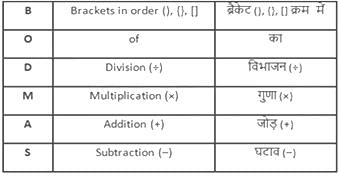

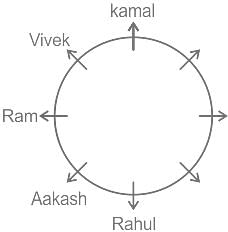
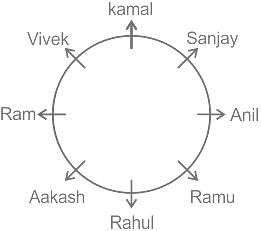









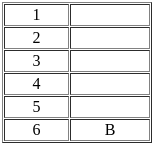
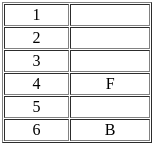
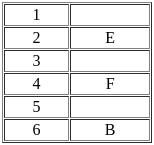
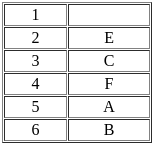



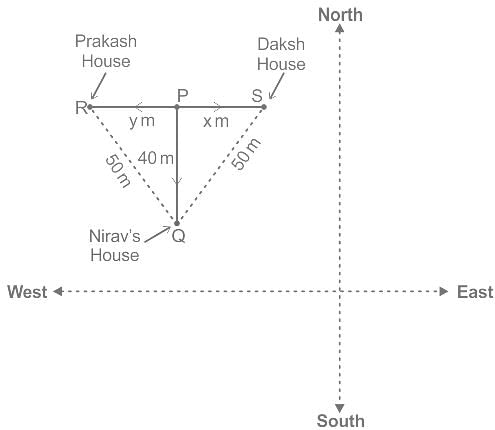




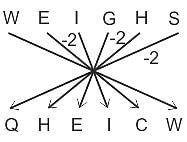



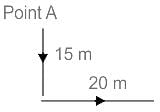
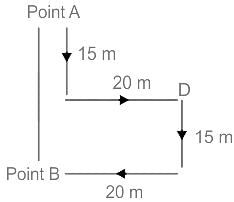
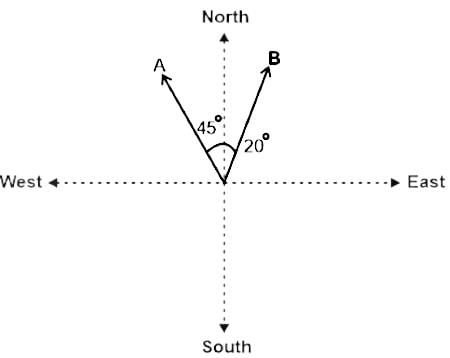
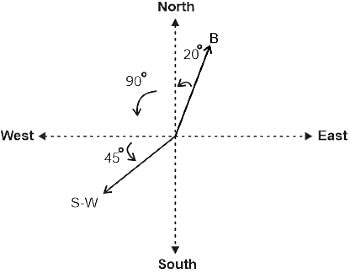

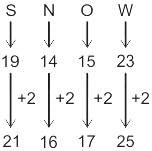

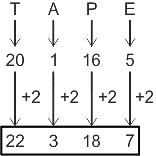
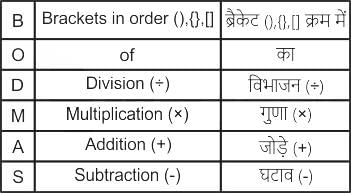


 ' element : Shifting in the clockwise direction subsequently.
' element : Shifting in the clockwise direction subsequently.
 ' element : Shifting diagonally to left corner upwards then right corner downwards direction subsequently.
' element : Shifting diagonally to left corner upwards then right corner downwards direction subsequently.
 ' element :
' element : 


















